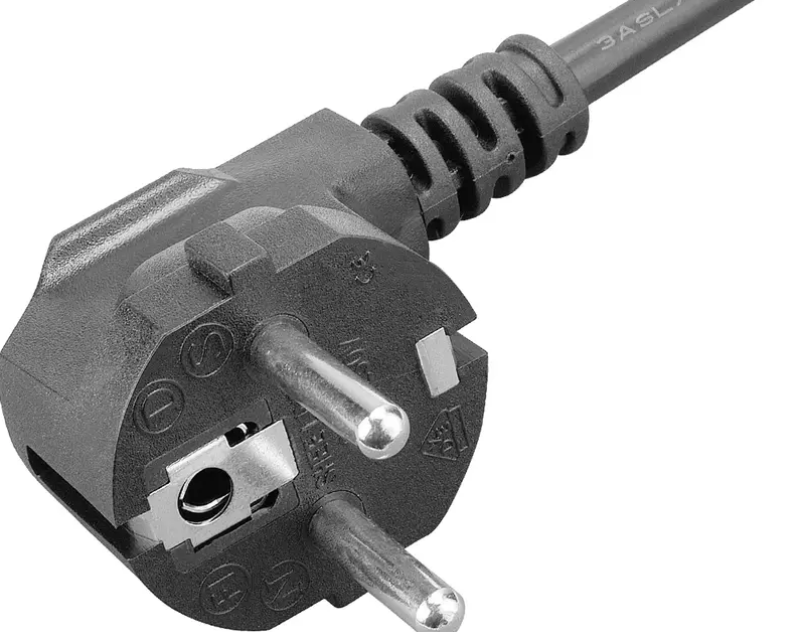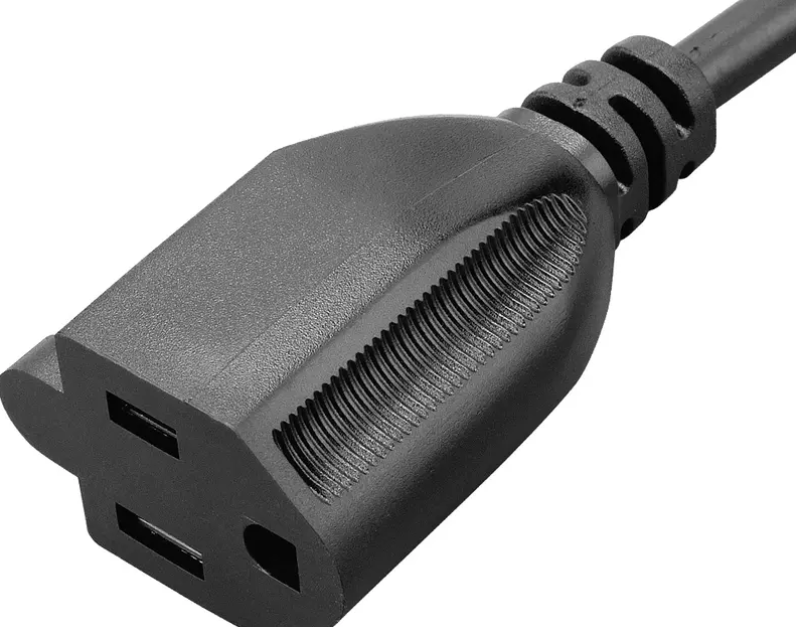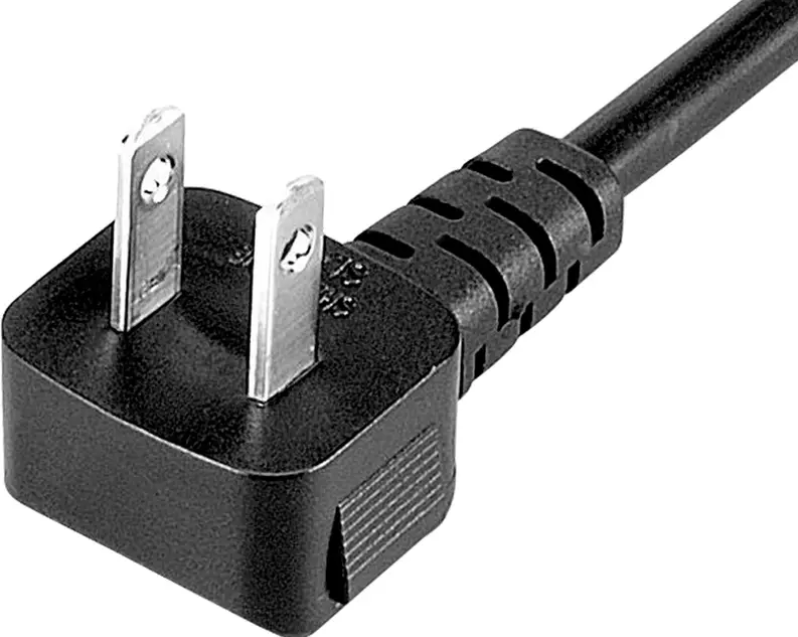- All
- Product Name
- Product Keyword
- Product Model
- Product Summary
- Product Description
- Multi Field Search
Views: 0 Author: Site Editor Publish Time: 2025-09-09 Origin: Site

Traveling abroad can be exciting, but choosing the wrong plug adapter can cause major headaches. With different countries using various international plug types, many travelers face confusion when trying to charge their devices. Using the wrong adapter or voltage can lead to wasted time, device damage, and frustration. In this post, we'll discuss common travel plug mistakes and how to avoid them, ensuring your devices stay powered throughout your journey.
When traveling, different countries use various international socket plugs. For example, Europe commonly uses international 2 pin plugs, while the UK and parts of Asia use international 3 pin plugs. If you pack the wrong plug, you might not be able to charge your devices, which could lead to major inconveniences. You might waste time looking for a compatible adapter, or worse, your devices may remain uncharged throughout your trip.
Do some research on plug types worldwide before your trip. Check the international plug types used in the country or countries you'll visit. For hassle-free travel, opt for an international multi plug that works in several regions, ensuring compatibility no matter where you go. This approach can save you time and money on adapters that may only work in one country.
Voltage is the power level used in electrical outlets. Different countries have different voltage standards: the U.S. typically uses international AC plugs at 120V, while the UK and most of Europe use 220-240V. Plugging a device into a socket with a different voltage can be disastrous. If your device isn't compatible with the local voltage, you could easily damage it. This is especially important for high-power devices like hairdryers and laptops, which may only support one voltage range.
Most modern chargers, especially international charger plugs, are built to support a wide voltage range of 100V-240V, making them usable in most countries. However, some older or specific devices may not be dual-voltage. Before using any device abroad, check the voltage requirements on its power adapter. If it only supports a specific voltage, you'll need a voltage converter in addition to a plug adapter.
Yes, overloading your travel adapter is a serious risk. Many international multi plugs are designed to handle only a limited amount of power. Plugging multiple high-power devices into one adapter—such as a hairdryer, laptop, and phone charger—can cause the adapter to overheat. This could lead to malfunction, damage to your devices, or even fire hazards.
Always ensure the international plug you're using is rated for the wattage of your devices. High-power devices, like hairdryers and irons, need an adapter that can handle more power. If you're traveling with several high-power devices, you may want to invest in a multi-port adapter designed to safely distribute power across different devices without risking overload.

When traveling, packing only one adapter can create problems, especially if you need to charge multiple devices. A single worldwide travel plug might not suffice if you have several gadgets, like a phone, tablet, laptop, and camera. Additionally, not all international plugs will fit into all outlets, even within the same region. If your adapter breaks or gets misplaced, you could be left without a way to charge your devices, which can disrupt your travel plans.
A good rule of thumb is to pack at least one adapter for each major device. A multi-port worldwide travel plug is also a great option, as it can charge several devices at once without needing multiple adapters. To be fully prepared, check the international plug types by country you’ll be visiting and make sure you have a suitable adapter for each destination. If you're hopping between different countries with varying plug types, consider bringing a universal adapter that works in multiple regions.
While many modern devices charge via USB, relying solely on USB charging can cause problems in some countries. Not all countries offer consistent USB charging ports, and you may find that in some places, international 3 pin plugs offer more reliable or faster charging. Additionally, USB charging may not be powerful enough for high-energy devices like laptops, which require more robust international AC plugs.
To ensure you don't face charging problems, pack an adapter with both USB ports and AC outlets. This will allow you to charge all types of devices, whether they use USB or need a traditional AC plug. Also, look for an adapter with international power plugs that can accommodate different plug types and voltages, ensuring you're covered no matter where you are.
Cheap, uncertified adapters may seem like a good deal, but they come with hidden risks. These low-quality foreign plugs can cause device damage or even pose a fire hazard. They often lack essential safety features like surge protection or proper insulation. When you rely on a cheap adapter, you're putting your devices and your safety at risk. It's better to spend a little more on a certified, high-quality adapter than risk a malfunction.
Look for universal adapter plugs from trusted brands with proper safety certifications, such as CE, FCC, and RoHS. These certifications ensure that the adapter meets international safety standards. Choose adapters made from durable, fire-resistant materials with built-in features like surge protectors and fuses. This way, your devices will stay safe while charging.
Testing your adapter at home before you leave is essential to ensure it works properly. You don't want to discover, once you arrive abroad, that your international adapter plug doesn't work with your devices. Devices with special charging needs, such as laptops or cameras, require specific adapters to ensure they are charged safely and efficiently.
Before you go, plug in your devices at home using the international charger plug you plan to take on your trip. This will help you check whether everything works as expected and give you the opportunity to troubleshoot any issues before you're far from home. This simple test can save you a lot of frustration and time later on.

Each country has its own unique foreign plug types, and these differences can create problems if you're not prepared. For instance, international socket plugs in most of Europe are commonly 2 pin plugs, while in the UK, they use 3 pin plugs. Even within regions like Asia or Africa, you might find different configurations. It's important to know what type of plug is used where you're going so you can bring the right adapter.
Countries also vary when it comes to voltage and frequency. For example, in the U.S., the voltage is typically 120V at a 60Hz frequency, whereas in Europe and much of Asia, you'll encounter 220-240V at 50Hz. If your device isn't compatible with the local voltage, it could get damaged. It's a good idea to check your devices' voltage requirements before you travel to ensure they can handle the local standards.
If you're visiting multiple countries, a universal travel adapter is your best friend. This all-in-one solution lets you easily plug into almost any international outlet plug, whether you're in the U.S., Europe, or Asia. With different countries using different plug shapes, it's essential to have an adapter that can handle all types. A good universal adapter will have multiple plug configurations, ensuring you're covered no matter where you go.
Not only do these adapters provide standard AC plugs, but many also come with USB charger plugs, which can be used to charge your phone, tablet, or other USB-powered devices. With a universal adapter that handles both plug types and USB connections, you can reduce the number of adapters and cables you need to carry. Look for a compact, reliable universal adapter to save space and make charging more convenient on the go.
Having a portable power bank is one of the most practical travel accessories. When you're exploring a new city, attending a business meeting, or traveling on a long flight, it's not always easy to find a place to charge your devices. A power bank ensures that you stay charged and connected, even when you can't find an international plug adapter. It can be especially useful for keeping your phone, camera, or tablet ready for use throughout the day, especially in places where outlets are scarce.
Airlines regulate the size of power banks you can carry in your luggage. Most airlines have a limit of 100Wh for carry-on items, and anything over that may not be allowed. When packing your power bank, be sure to check the airline's regulations for size limits. Also, note that power banks cannot be checked in with your luggage due to safety concerns, so they must be carried in your hand luggage. It's always best to check these rules before traveling to avoid delays at the airport.
Avoiding these common travel plug mistakes will significantly improve your travel experience. Having the right plug ensures your devices stay powered and prevents unnecessary disruptions during your trip. To make your journey hassle-free, invest in a high-quality international plug and make sure to research the foreign plug types for your destination to avoid issues with charging and connectivity. If you need further advice, don't hesitate to contact Sheeline to help you make the best choice for your needs.
Q: Can I use a travel adapter for all my devices?
A: Travel adapters are designed for plugging your devices into foreign outlets, but they don't convert voltage. Check if your device supports dual voltage or if you need a voltage converter.
Q: Are USB charging ports in travel adapters reliable?
A: Not all USB ports are the same. Some may not support fast charging or may not provide enough power for devices like tablets or laptops. Always check the power output.
Q: What should I do if my travel adapter stops working abroad?
A: If your adapter malfunctions, check if it's fused or broken. It's always smart to carry a backup adapter or buy one at your destination.
Q: Can I use my travel adapter in high-altitude locations?
A: High-altitude locations don't affect travel adapters directly, but the availability of power outlets and voltage stability may vary, so always verify before using.
Blog
